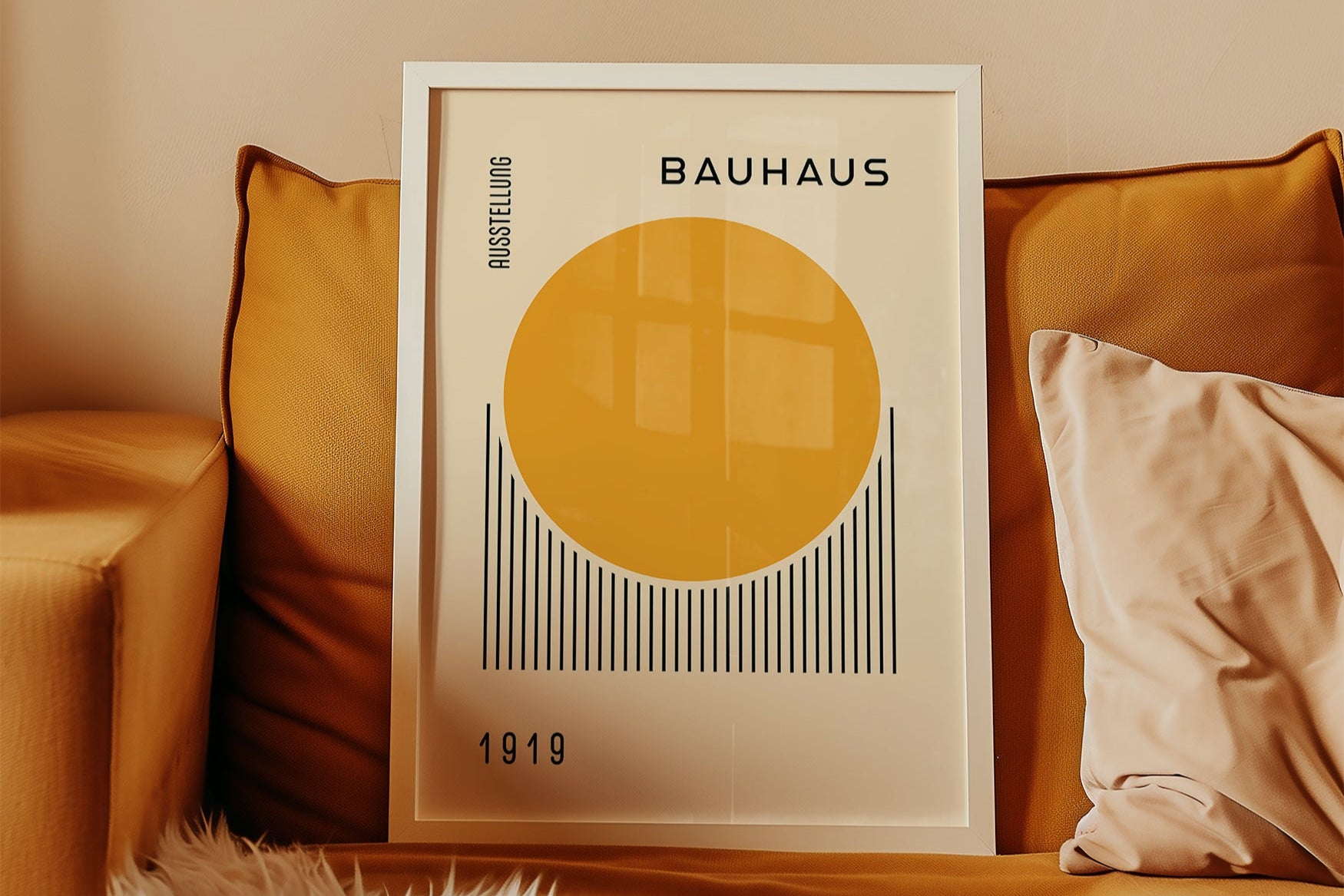Who Started the Bauhaus?
Who started the Bauhaus? The answer begins with architect Walter Gropius. In 1919, he founded the Staatliches Bauhaus in Weimar, Germany—a school that would go on to influence modern design across the globe. The Bauhaus wasn’t just a school of art or architecture. It was a new approach to how people lived and worked, combining functionality with aesthetics. Gropius believed that art, design, and craftsmanship should be taught together, eliminating the hierarchy between fine art and applied arts. The goal? To bring thoughtful, useful design into everyday life.
The Philosophy Behind the Bauhaus
Walter Gropius envisioned a place where painters, architects, sculptors, and designers could learn from each other. The Bauhaus motto, “Art into Industry,” reflected a belief in the unity of art and function. Instead of creating isolated art objects, students were encouraged to design chairs, lamps, textiles, and buildings with both form and utility in mind. This emphasis on structure, balance, and geometric order became the signature of the movement. The influence of the Bauhaus can still be felt today—in everything from typography and furniture to web design and modern homes.
Key Figures Who Built the Movement
While Gropius founded the Bauhaus, he wasn’t alone in shaping its direction. Artists and educators like Paul Klee, Wassily Kandinsky, László Moholy-Nagy, and Josef Albers brought new ideas to the school’s workshops. Each one expanded the movement’s focus, helping students explore materials, space, and abstract form. Together, they built a culture that celebrated experimentation and discipline—a rare combination that made Bauhaus work so distinctive.
The Bauhaus and Modern Living
Bauhaus principles are still deeply connected to how we style interiors today. Clean lines, uncluttered surfaces, and geometric wall art all trace back to the school’s influence. If you’re drawn to simplicity and structure in your space, you’re likely following in the Bauhaus tradition. To see how this influence translates into everyday decor, explore our posters for the living room. Many of the pieces echo the movement’s core ideas—clarity, balance, and visual rhythm made for modern walls.
Why It Still Matters
The question “Who started the Bauhaus?” opens a window into a larger conversation about design. Walter Gropius sparked more than a style—he launched a way of thinking that connects art with daily life. From architecture to interiors, the Bauhaus taught us that beauty doesn’t have to be ornate and that functionality doesn’t mean dull. It’s this mindset that keeps the movement alive in homes, studios, and creative spaces around the world.











































